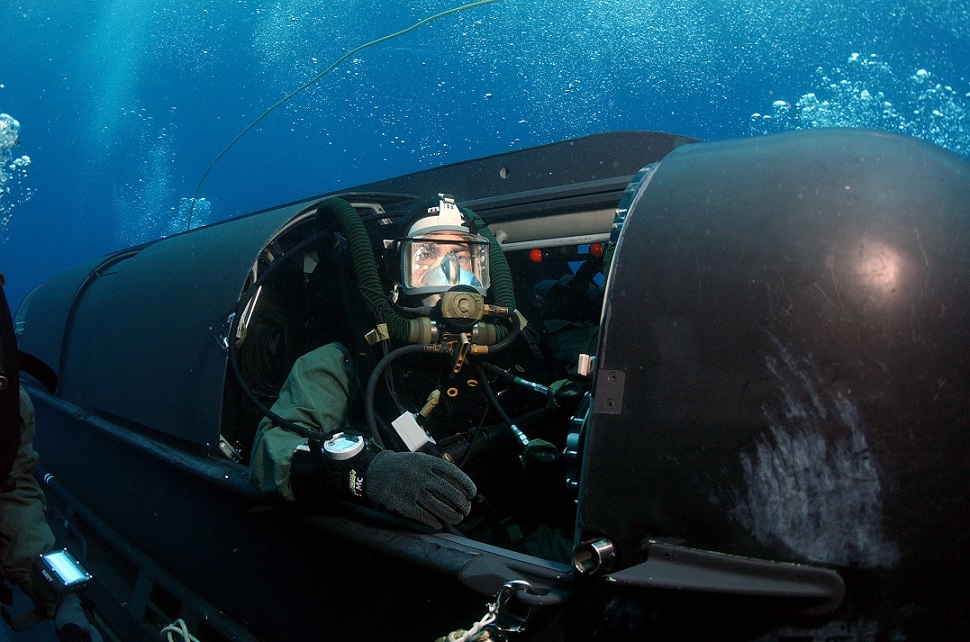This post is also available in:
 עברית (Hebrew)
עברית (Hebrew)
Augmented reality is a combination of computer-generated images partially overlaid on a real-world view. In particular, augmented reality works well in maintenance applications. In virtual reality, which has been around for decades, a user’s vision is obscured and totally replaced with computer-generated graphics. Both technologies visually employ degrees of computer-generated information, and they are part of the mixed reality field.
Mixed reality technologies are changing the way the U.S. Navy and Marine Corps handle system training, operations, maintenance and prototyping, improving warfighter targeting and performance.
With the help of the Navy’s Battlespace Exploitation of Mixed Reality laboratory (BEMR) in San Diego, the services are looking into both types of mixed reality applications using low-cost commercial off-the-shelf technologies, according to afcea.org.
One such innovation, called the GunnAR Unified Gunnery System, uses an augmented reality helmet as part of a weapon system. GunnAR takes information from a naval gunnery liaison officer and weapon system and displays it in the helmet of a sailor on deck running the naval gun.
The technology, which evolved from a sailor’s award-winning idea, improves upon the traditional way of getting the information and authorization to fire to the gunner from “decades-old radios and sound-powered phones, which are hard to hear over the din of machine guns and through required ear protection,” according to the laboratory.
Another tool, the Aircraft Carrier Environment Simulator, allows for training of any position in the air department for specific aircraft carriers. In addition, 360-degree videos familiarize warfighters with tasks and build their experience before performing an activity. For example, the laboratory recently helped Navy SEAL teams train to dock a swimmer delivery vehicle (SDV). Using 360-degree technologies to maneuver the SDV virtually in a dry deck shelter on a submarine allowed the SEALs to train for the highly complex, dangerous effort without the risks or costs of actual SDV docking operations.


























